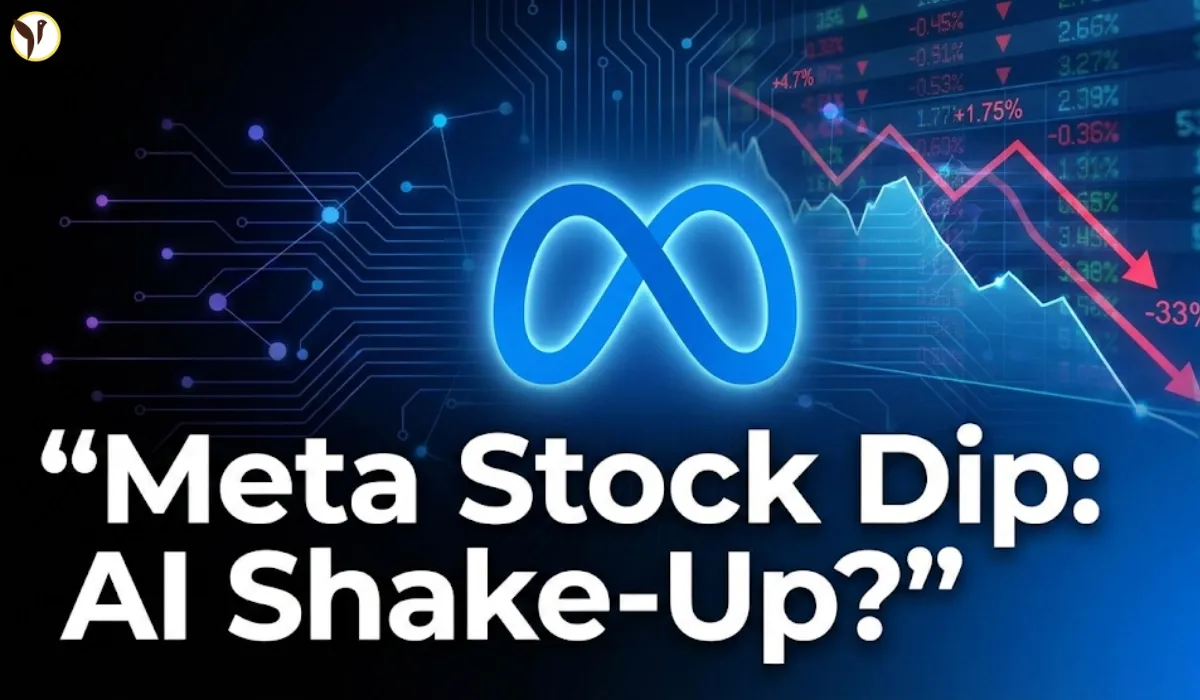UK Inflation Soars: What Does it Mean for You?
Okay, so you've probably heard the news: UK inflation is up. Again. And it's hit a level we haven't seen since January 2024 – a whopping 3.5% in April, up from 2.6% the month before. Let's unpack this, shall we? Because, honestly, it affects us all.
So, What's the Deal with Inflation Anyway?
Simply put, inflation means prices are rising. Think about it: that £100 you spent last year on groceries? Now it might cost you £103.50. The inflation rate shows *how fast* those prices are climbing. A 3.5% rate isn't great, but it's also not the end of the world.
Why the Sudden Spike?
April was, shall we say, a bit of a perfect storm. Remember that energy price cap hike? Ouch. And water bills? They jumped by an average of 20% – the biggest increase in 37 years! Add to that council tax increases, higher road tax, and even pricier mobile and broadband bills, and you have a recipe for inflation. Many companies also raised prices because of increased national insurance contributions and minimum wage.
- Energy price cap increase
- Massive water bill hike (20%!)
- Council tax and other bill rises
- Business cost increases
It's like someone turned up the dial on everything at once. I certainly felt the pinch in my own supermarket shop.
What About Wages and the Future of Inflation?
The Office for National Statistics (ONS) didn't specifically isolate the impact of increased national insurance contributions on inflation. But we know rising wages often lead to higher prices, and we're seeing it in areas like food (3.4% inflation – the highest since March 2024!).
Will inflation keep rising? Some economists believe 3.5% might be the peak. Others aren't so sure. There are just too many variables – international trade, wage growth, and the impact of potential US tariffs.
Interest Rates: What's the Bank of England Doing?
High inflation usually leads to higher interest rates. The Bank of England recently cut rates, but this latest inflation figure might make them think twice about further cuts. They're keeping a close eye on services inflation (which hit 5.4% in April!), and want to see wages cool off before making any more moves.
The Bigger Picture
The April inflation figures aren't all doom and gloom. Some economists highlight that while the headline number looks scary, some of the price increases were one-offs (like the Easter holiday impact on airfares). It’s a complicated situation, and the next few months will be crucial in determining the path of inflation. But the bottom line is this: we're feeling the pressure. Let’s keep an eye on the Bank of England's next moves to see how they plan to tackle this inflation.









